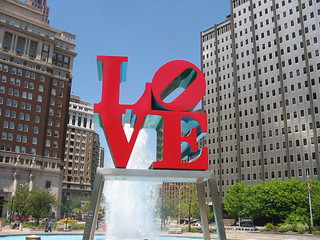I just spent the past week in summer school. A just punishment for my sins, you might think. As it happened, the experience was anything but punishing. Though the loveliest of June days beckoned outside while a raging sinus infection had me reaching for a tissue every ten minutes, summer school turned out to be a real delight.

Convened by Penn’s Katz Center for Advanced Judaic Studies in conjunction with The Hebrew University of Jerusalem, it brought together twenty graduate students and faculty from Europe, Israel and the United States to think through some of the complex issues in Jewish history and thought.
Manifestly, the theme of the week was “Shaking Foundations,” but the joys and challenges of interdisciplinary exchange lay at the heart of our collective inquiry as we explored a welter of sources from the Talmud and Levinas to medieval stories and early modern communal documents. The U.S. Constitution as well the Ten Commandments also came vividly into play, as did the demographics of postwar Poland and the latest anthropological theories about the relationship between researchers and their subjects.
Now and again we left the building -- to go on a walking tour of downtown Philadelphia, to visit a museum or two, to grab a snack (burnt sugar gelato, anyone?) from the many enticing eateries that have sprung up of late.
Most of the time, though, we sat around a large table. What was striking about this wasn’t so much our sedentary ways as it was the absence of hierarchy. Instead of occupying the head of the table, as is their wont, the chaired professors among us sat cheek by jowl with graduate students, their seasoned voices mingling freely with those of an emerging generation of scholars.
The symbolic power of the table was just as palpable. At a time when Judaic Studies and those who cherish it are increasingly marginalized and even demonized by the academy, taking one’s place at the table was a gesture of solidarity. The table both protected and validated those who sat around it.
“Shaking Foundations” turned out to be an exercise in restoration.

